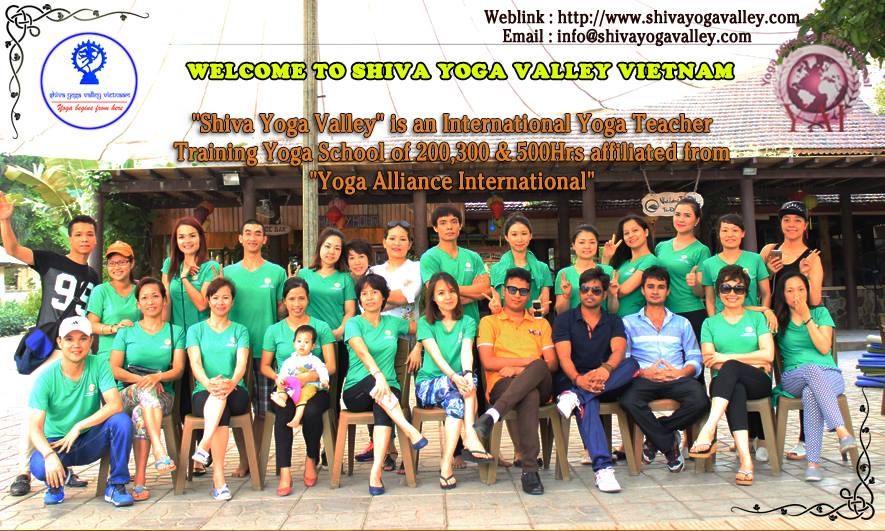
Quick links
About Hanoi ( Vietnam ) :
Anyone who has ever visited Hanoi will probably tell you that it may be the most beautiful city in all of Asia. People have settled here along the Red River for a thousand years. Nestled along wooded boulevards among the city’s two dozen lakes you will find architectural souvenirs left by all who conquered this great valley, from the Chinese who first came in the last millennium to the French, booted out in our own century.
Getting into Hanoi :
The trip into the city from Noi Bai Airport takes about an hour and offers some poignant glimpses of modern Vietnamese life: farmers tending their fields, great rivers, modern highways that abruptly become bumpy roads. The drive is especially breathtaking at dusk when the roads fill with bicycles, and everything takes on the same deep colors as the modern paintings you see in Hanoi's galleries. Somehow the setting sun seems enormous here as it dips into the cornfields on the horizon.
On the edge of the city the road dissolves into a maze of winding, narrow, wooded lanes. You are surrounded by roadside artisans, shops and taverns, then by graceful villas and commuters on bicycles, cyclos and motorbikes. Modern buildings appear from nowhere, looking so out of place that you have to wonder if they were dropped from the sky and just left where they came to rest. While you tell yourself that nothing as preposterous as Hanoi can be so beautiful, you cannot help but be dazzled.
Although not at its
geographical center, after the expansion of Hanoi into a major
metropolitan area in 2009, little Hoan Kiem Lake remains the very
heart of life in Hanoi. According to a 15th Century legend, a giant
turtle presented Emperor Le Loi with a magic sword with which to
defeat Chinese invadors. In accordance with their pact, the Emperor
returned the sword to the turtle after a glorious victory in
battle. Thus, the lake was named Hoan Kiem, or "restored
sword."
The lake itself is like a
living thing with a personality that changes continuously with the
hour and the season. Some of your most vivid memories of Hanoi
might come from the 45 minute walks you take around Hoan Kiem at
sunrise, at midday, and again after dark.
Shortly after dawn, hundreds
of people take their daily exercise on the footpath that circles
the lake. If you arrive around six you will see a dozen badminton
games, scores of old people practicing Tai Chi, and many shirtless
young men jogging or stretching.
During the day the lake belongs to tourists and to workers from surrounding government offices. Tour busses and taxis park at the North end of the lake, near the gates and foot bridge which lead to the Ngoc Son Pagoda. Scores of young people sell post cards, maps, and paperback books here. Others shine shoes or offer to memorialize your visit with photos taken with must surely be war-era 35mm cameras. Although persistent, they are seldom rude. Many speak wonderful English and are well worth having a conversation with.
Ngoc Son Temple :
Ngoc Son Pagoda sits on an
islet at the North end of the lake. The oldest structures in the
complex dated back to 1225, though most of what you see was either
built or reconstructed in the 19th century. In addition to the two
beautifully ornate Confucianist sanctuaries dedicated to various
long-dead humans, a huge stuffed turtle (which most certainly never
swam in this lake) resides in a glass display case. The spot is
lovely, not only for the ostentatious architecture, but for
interesting people who take refuge from the city here. Your camera
may capture old men playing checkers in the Pavilion of the Stelae,
someone fishing quietly among the willows which practically obscure
the island from view, a couple posing for their wedding photo with
the Tortoise Pagoda in the background, or the young photographers
who always gather on the red wooden bridge.
Practically across the street
from the bridge is the water
puppetry theater. Scenes from Vietnamese lore and
history (including ancient battles) are elaborately performed by
colorful lacquered puppets in an indoor pond, accompanied by
traditional Vietnamese folk music. It sounds awfully corny, but
missing this Hanoi attraction is like going to Paris and skipping
the Eiffel Tower. Tickets for the evening performances are cheap
and sell out early in the day. Avoid seats closest to the water or
you may get splashed.
The Old Quarter :
Some of the 36 streets
that make up the Ancient Quarter still offer only a single
commodity. One of the best is Hang Quat, where shops sell an
incredible array of lacquered wood candle sticks, bowls, picture
frames, religious shrines, and decorative pieces. Practically every
single item is painted in some combination of red, white and gold.
Many of the things are elaborate to the point of being garish.
Since prices are staggeringly low, buy what you can. Like folk art
in other developing nations, these uniquely Northern Vietnamese
handicrafts will begin to die out along with the present generation
of artisans creating them. The shelves of shops in Ho
Chi Minh city are already filled with factory made
schlock. Sadly, this will happen in Hanoi soon enough.
Vietnamese silk is among the
world’s finest. Hang
Gai (thread street) has for centuries been home to
some of Hanoi’s best silk shops.
Hanoi Culture :
Hanoians are proud people; they take pride in their cuisines, their etiquettes, their rich tradition and about their own love for the city not only to international tourists but also to people from other provinces in Vietnam. Hanoi food is listed among things you should try before leaving to another world. (read ourtop 5 must-try foods in Hanoi).
Adding to that, Hanoi is packed with museums, monuments, cafes, restaurants, discos, handicraft stores and almost anything that make your stay both convenient and entertaining. Most travellers spend about 2-5 days to tour the city but should you fall in love with Hanoi, you can always stay longer!
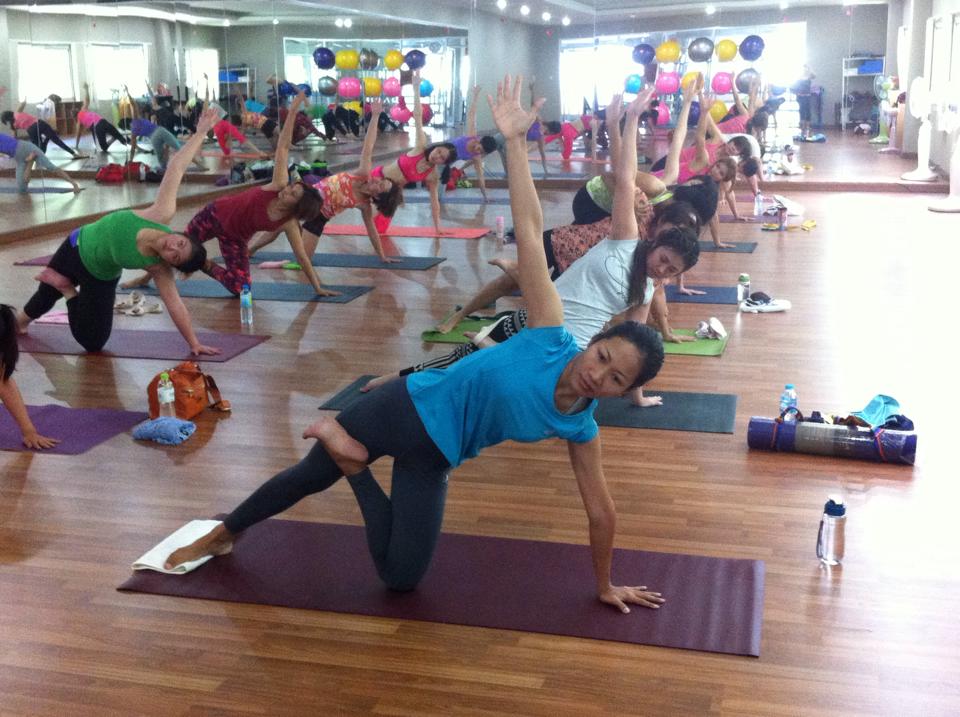
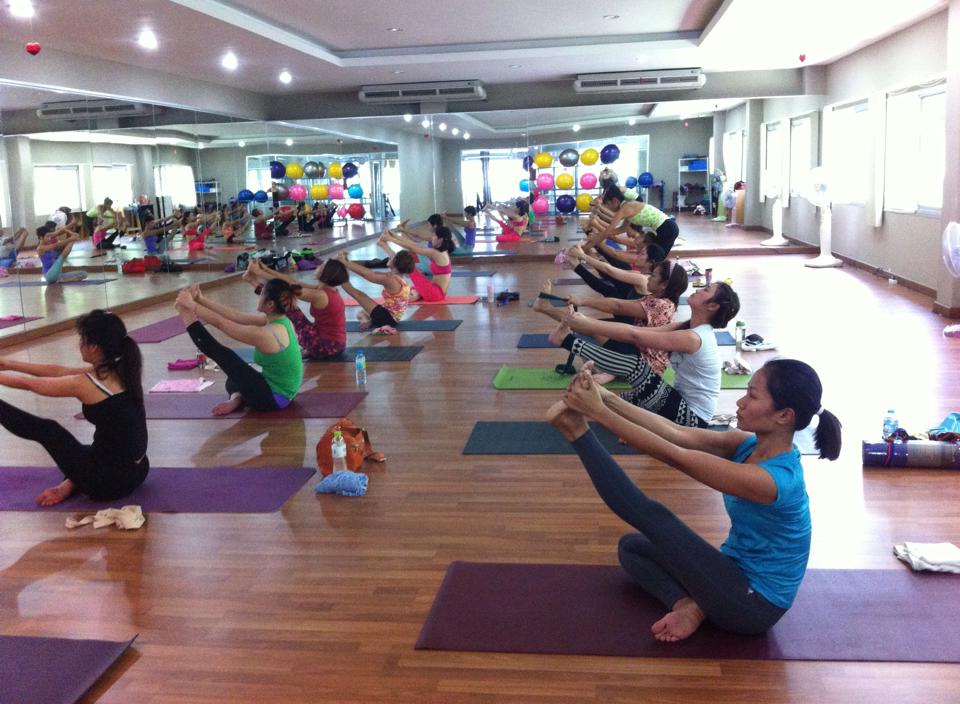
YOGA PROGRAMS IN VIETNAM
1. 200 hrs YOGA Teacher Training Course.
2. 300 hrs YOGA Teacher Training
Course.
3. 500 hrs YOGA Teacher Training Course
.
4. Special Course for Beginners.
* Asana Practice and Asana philosophy
* Pranayam (breathing
techniques),
* Mudra and Bandha (Yogic
locked)
* Meditation
* Cleansing process
(Kriya)
* Teaching practice
* Basic Ayurveda, nutrition and
the yogic diet.
* Anatomy (physical, mental and
spiritual benefits of yoga.)
* physiology of yogic
practice
* Teaching Methodology of
different styles of yoga- Patanjali Ashtanga,
Traditional & Classical Hatha, Vinyasa,
Shivananda, Power yoga etc.
* Hatha yog pradipica
* Mantra recitation
* Introduction of Seven chakras
and five elements.
* Yoga life style.
* Teaching practicum
* Ethics for Yoga
Teachers
1:Warm Up Exercises
2:Joints
Movement Exercises
* Standing postures :
• Tree Pose
(Vrikshasana)
• Chair Pose (Utkatasana)
• Side bend Pose (Parswa konasana)
• Triangle Pose(Trikonasana)
• Eagle Pose (Garudasana)
• Palm tree Pose (Tadasana)
• Half moon Pose (Ardha Chandrasana)
• Shiva dancing Pose (Natarajasana)
• Reverse triangle Pose (privrita trikonasana)
• Half moon Pose (Ardha chandrasana)
• Extended Side angle Pose (Utthita parswakonasana)
* Kneeling Postures:
• Thunderbold Pose
(Vajrasana)
• Camel Pose (Ushtrasana)
• Sleeping thunderbold Pose (sleeping Vajrasana)
• Lion Pose (Simhasana)
* Sitting Postures :
• Boat Pose
(Naukasana)
• Inverted boat Pose (Viparita Naukasana)
• Frog Pose (Mandukasana)
• Raising Frog Pose (uttana mandukasana)
• Sleeping Frog Pose (sputa mandukasana)
• Bound cow head Pose (Baddha gomukhasana)
• Cat stretch (Marjari Asana)
• Cow head Pose (Gomukhasana)
• Kurmasana
• Baddha padmasana
• Padma Bakasana
• Akarna dhanurasana
• Parvatasana
• Virasana
• Garbhasana
* Backward Bending Postures:
• Cobra Pose
(Bhujangasana)
• Bow Pose (Dhanurasana)
• Makarasana (3 Variations)
• Kapotasana
* Forward Bending
Postures:
• Hand to Feet Pose
(Paschimottanasana)
• Half Gas Releasing Pose (Ardha- Pavan Muktasana)
• Full Gas Releasing Pose(Purna Pavan Muktasana)
• Nose to Knee Pose (Janu Sirsasana)
• Yoga Mudra Pose (Yoga
Mudrasana)
* Twisting
Postures:
• Half fish God Twisting Pose
(Ardha Matsyendrasana)
• Full Fish God Twisting Pose (Purna matsyendrasana)
* Fire Awakening
Postures:
• Raising Feet
Pose
• Locust Pose (Salabhasana)
• Peacock Pose (Mayurasana)
• Kakasana (Kukutasana)
* Inversion Postures:
• Head Stand Pose
(Shirshasana)
• Wheel Pose (Chakrasana)
• Bridge Pose (SetuBandha asana)
• Fish Pose (Matsyasana)
• Shoulder Stand
• Ear Pain Releasing Pose
(Karnapidasana)
* Relaxation
Postures:
A- Meditation
Postures
• Easy Pose (Sukhasana)
• Accomplish Pose (Siddhasana)
• Half Lotus Pose Aardha Padmasana)
• Lotus Pose (Padmasana)
• Thunderbold Pose (Vajrasana )
• Chair Pose (Maitri Asana)
* Pranayama Practices:
• Kapala-bhati
• Bhastrika
• Anuloma-Viloma
• Bhramari
• Ujjayi
• Siltli
• Sitkari
• Surya-bheda
• Chandra-bheda
• Koshthya
• Pranava Pranayama
• Calvicular Breathing
• Thorasic Breathing
• Diaphragmatic Breathing
• Yogic Breathing
• Quality Breathing
• Murcha and Plavini Pranayama
* Yoga Gestures (Yoga
Mudras) :
Hand Yoga Gestures
(Hasta Mudra)
• Jnana Mudra
• Chin Mudra
• Yoni Mudra
• Bhairava Mudra
• Hridaya Mudra
Head Yoga Gestures (Mana
Mudra)
• Shambhavi Mudra
• Nasikagra Drishti
• Khechari Mudra
• Kaki Mudra
• Bhujangini Mudra
• Bhoochari Mudra
• Akashi Mudra
• Shanmukhi Mudra
• Unmani Mudra
Postural Mudras
(Kaya)
• Viparita karani
Mudra
• Pashinee Mudra
• Prana Mudra
• Manduki Mudra
• Tadagi Mudra
Lock Mudras (Bandha
Mudra)
• Maha Mudra
• Maha Vedha Mudra
• Maha Vedha Mudra
Perineal Mudras
(Adhara)
• Ashwini Mudra
• Vajroli Mudra
• Sahajoli Mudra
* Energy Lock
(Bandha):
1. Mula Bandha
2. Uddiyana Bandha
3. Jalandhar Bandha
4. Maha Bandha
* Meditation
(Dhyana):
1. 2 minutes
Meditation
2. Breath Meditation
3. Mantra Meditation
4. Vipasana Meditation
5. Healing Meditation
6. Third Eye Meditation
7. Preparation for Meditation
8. Susumna Meditation
9. Spinal Breathing Meditation
10. Kriya Yoga Meditation
11. Silence Meditation
12. Chakra Meditation
13. Kundalini Meditation
* Yogic Sleep (Yoga Nidra):
1. Simple Relaxation
(Sithilikarana)
2. Full Body Relaxation (Purna Sithilikarana)
3. 31 Point Blue Star Yoga Nidra (Prarambhik Nila Tara Yoga Nidra)
4. 61 Point Blue Star Yoga nidra (Purna Niltara Yoga nidra)
5. Sweeping breath practice (Prana Suddhi kriya)
6. Disolving Yoga Nidra (Laya Yoga Nidra )
7. Chakra Yoga Nidra
8. Subtle Body Awakening
Practice (Sukshma Sharira Jagarana)
* Yogic Cleansing
Exercises (Satkarma):
1. Jala-Neti
2. Sutraneti
3. Dhauti (Vamana)
4. Nauli
5. Kapalbhati
6. Trataka
* Recitation of Sacred
Sound (Mantra Japa):
1. Mantra for the Morning and
night prayers
2. Mantra what and why
3. Mantra for Meditation
4. Mantra before you start the Yoga lesson
5. Mantra for healing like for different diseases and problem of the life, for normal baby delivery, good family life, to remove fear and feeling for security, healthy relationship, and finally for enlightenment.
6. Japa (Mantra repetition with rosary, mala)
7. Kirtana (Group
chanting)
* Anatomy and Physiology
(Sharir Vijyan):
• Dynamics of
Breathing
• Yoga and the Spine
• Skeletal System
• Muscular System and Yoga Stretching
• Inside the Asana
• Standing Poses
• Sitting Poses
• Kneeling Poses
• Supine Poses
• Prone Poses
• Arm Support Poses
• Cardio Vascular System
• Skin
• Nervous System
• Reproductive System
* Yoga Philosophy:
1. Yoga Sutra of
Patanjali
2. Different Paths of Yoga ( jyana, karma, bhakti, laya,)
3. Different Styles of Yoga (Ashtanga Vinyasa, Hatha, Rishi)
4. Yoga and Health
5. Comparative study of Yoga with other Indian Philosophies
6. 5 Elements
7. 4 Aspects of mind
8. 7 States of Consciousness
9. 3 Bodies- gross, Subtle, Causal
10. Prana and Kundalini
11. Nadis and Chakra
12. Raja Yoga and the 8 limbs
13. Yoga discipline
14. Control of the mind and 9 disturbances of mind
15. Philosophy and Practice of Yoga Nidra
16. Yoga in Daily life
17. Emotional Purification
18. Science of Silence
19. Hatha Yoga Pradipika
20. Shiva Samhita
21. Art of Joyful living
22. Science of Breath
23. Bhagavat Geeta
24. Vedas
25. Upanishads
26. Indian
Philosophy
* Teaching
Practice:
1. Qualities of a Good
Teacher
2. Demonstrations
3. Alignment
4. Clear and proper instructions
* Teaching Methodology:
1. Step by Step Practice
2. Guidelines for beginners and advance students
3. Preparing a lesson
plan
* Yoga Psychology
:
1. Understanding mind and its
functions
2. How to control and channelize the mind
3. How to read student’s
mind
* Yoga Therapy
:
1. Yoga and Therapy
2. Yoga and
Diseases
* Ayurveda
:
1. Basics of Ayurveda
2. Ayurveda Diet
3. Ayurveda Massage Training
Daily Schedle
:
TTC Program 7 -
8 hours a day. (6 days per week)
05:00 am
WAKEUP TIME
05.45 am to 06.00 am
Mantra Chanting / meditation
06:00 am to 08:00 am
Yoga Practice
08:00 am to 09:00 am
Karma Yoga (Selfless Service)
09:00 am to
09:30 am Breakfast / Snacks
10:00 am to
10:45 am Yoga Nidra / Theory lecture
I
11:15 am to
12:00 pm Theory lecture II
12:15 am to
01:00 pm LUNCH
01:00 pm to
03:00 pm Resting Time (Self
Study)
03:00 pm to
03:15 pm Herbal Drink
03:15 pm to
04:00 pm Theory Lecture III
04:15 pm to
06:00 pm Yoga Practice
06:45 pm to 07:15 pm
Mantra chanting / meditation
07.30 pm to
08:00 pm DINNER
08:15 pm to
09:00 pm Sanskrit
Training
Songs
(Bhajans) / Group
Discussions .
10.00 pm
Bed Time
Duration &
Structure of Fee :
-----------------------------------------
1 : Yoga Beginners Courses
1,000
USD
2 : Two Week (100 hrs)
1,100 USD
3 : Four week (200 hrs)
1,800 USD
4 : Six week (300 hrs)
2,500 USD
5 : Eight week (500 hrs)
3,500 USD
--------------
Excluding:
---------------
1. Books and note
books,
2.Any other local travel or
sightseeing,
3.Other Items Of Personal
Nature.
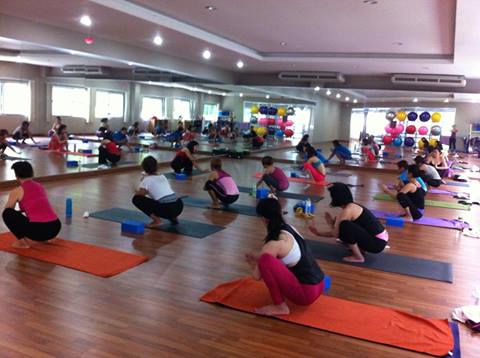
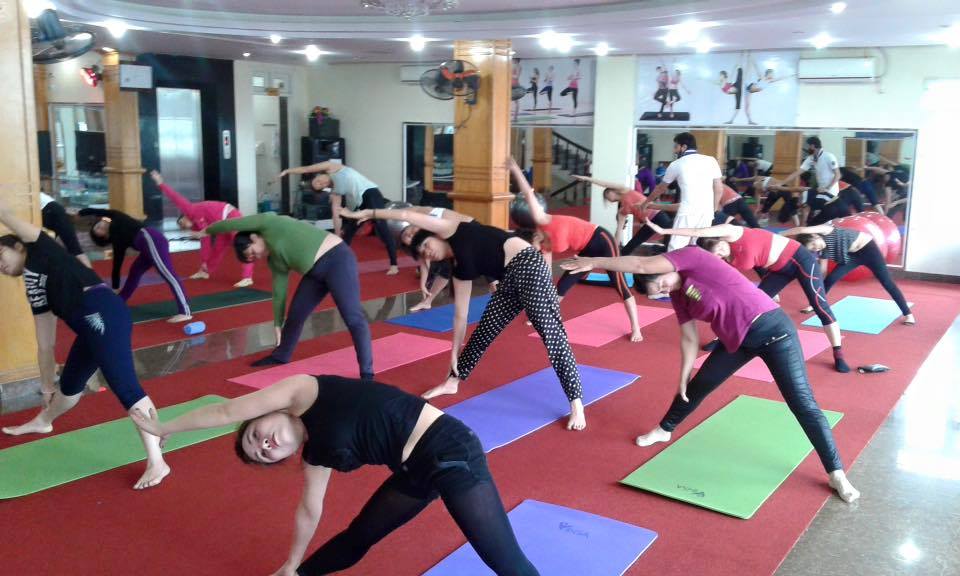
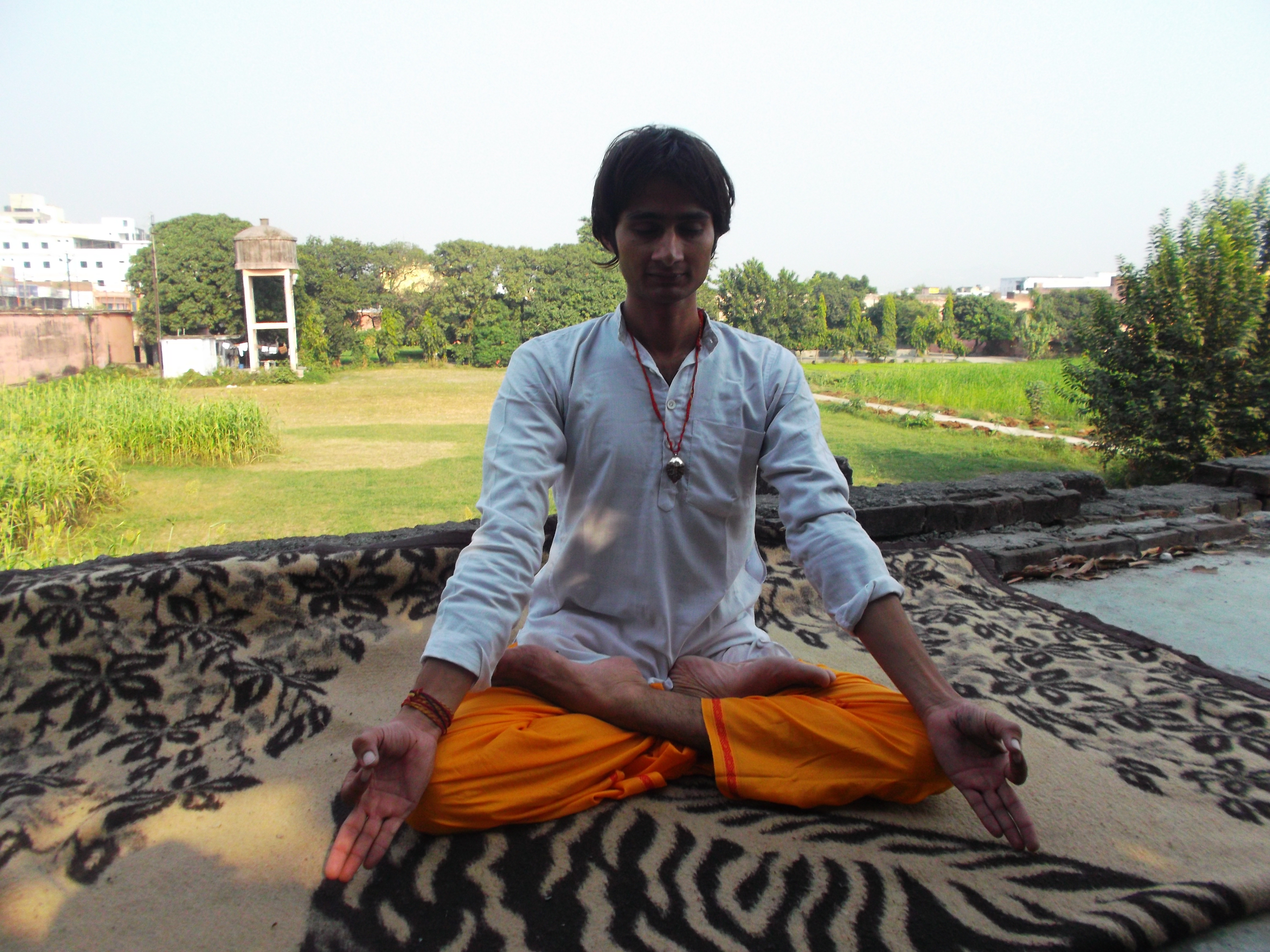
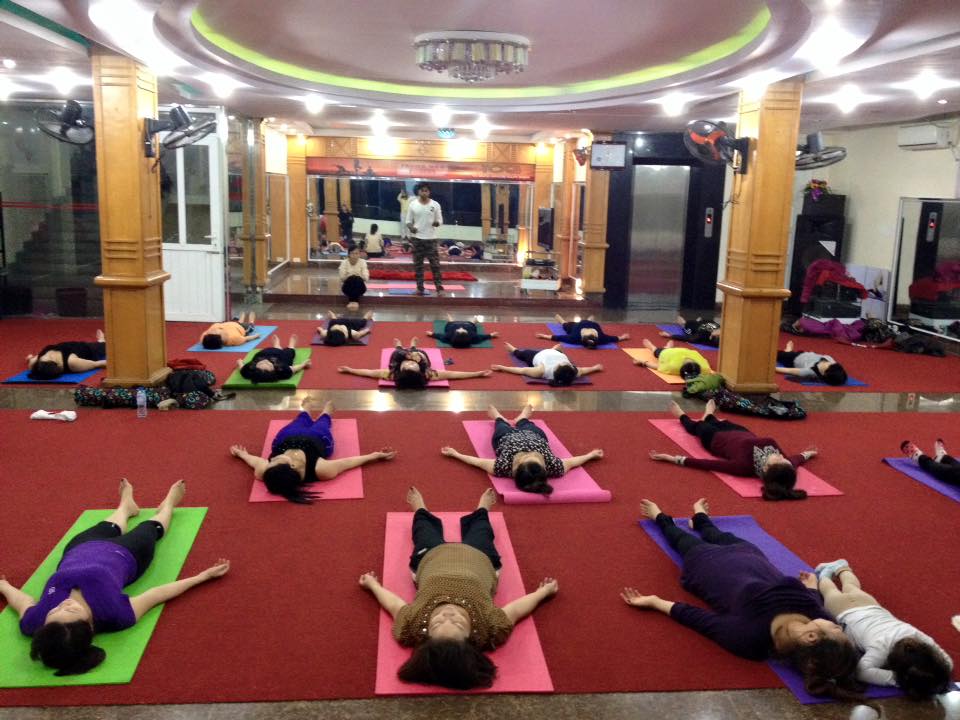
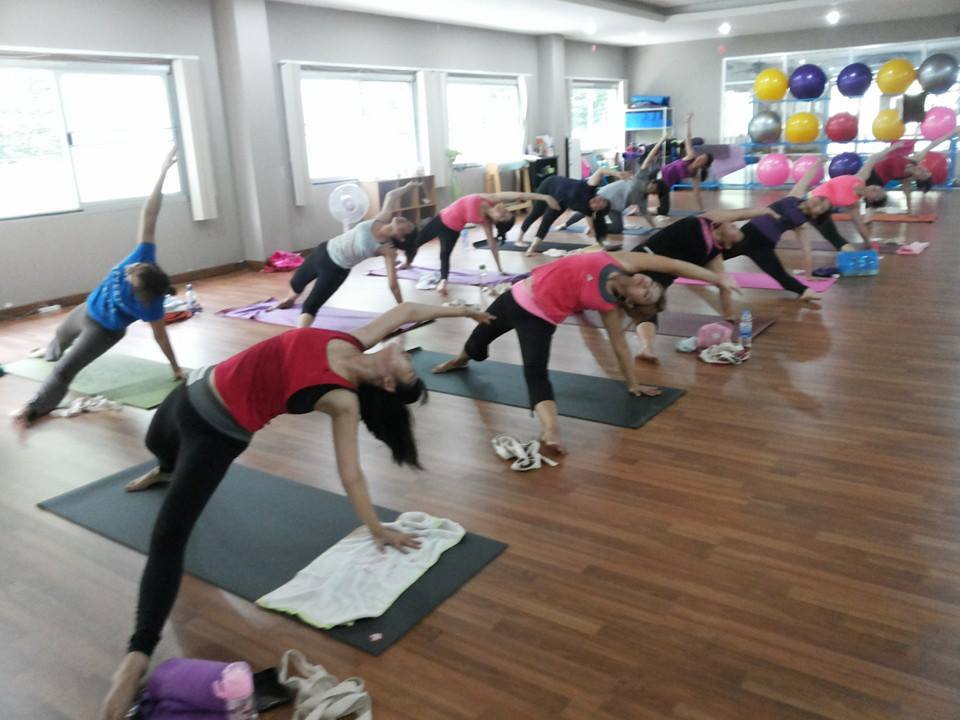
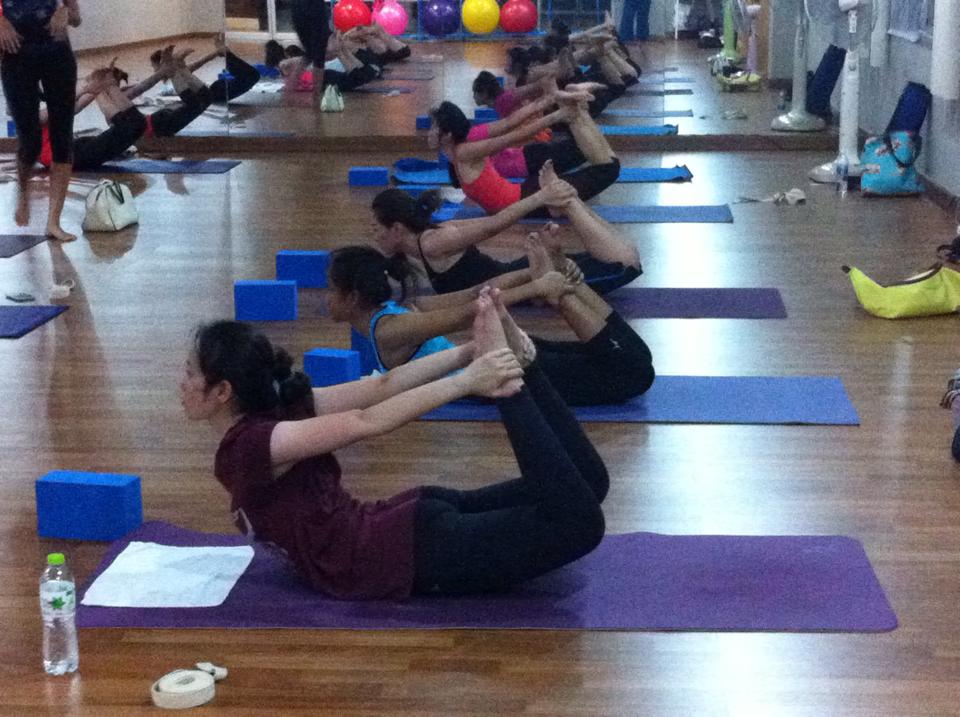
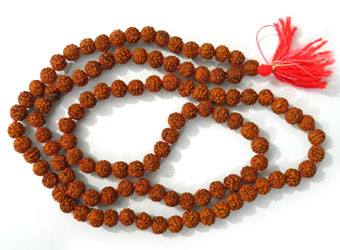
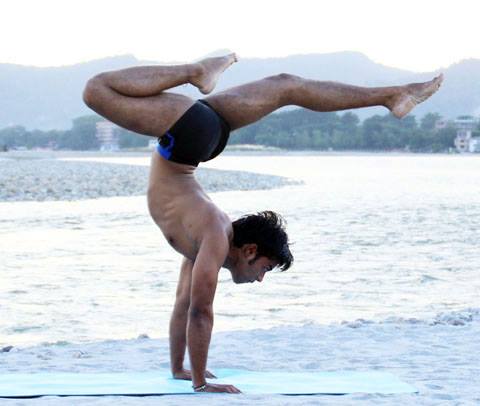
-----------------------------------------------------------------
| 200 hrs
Yoga Course Calender for Vietnam ----------------------------------------------------------------- Coming Soon |
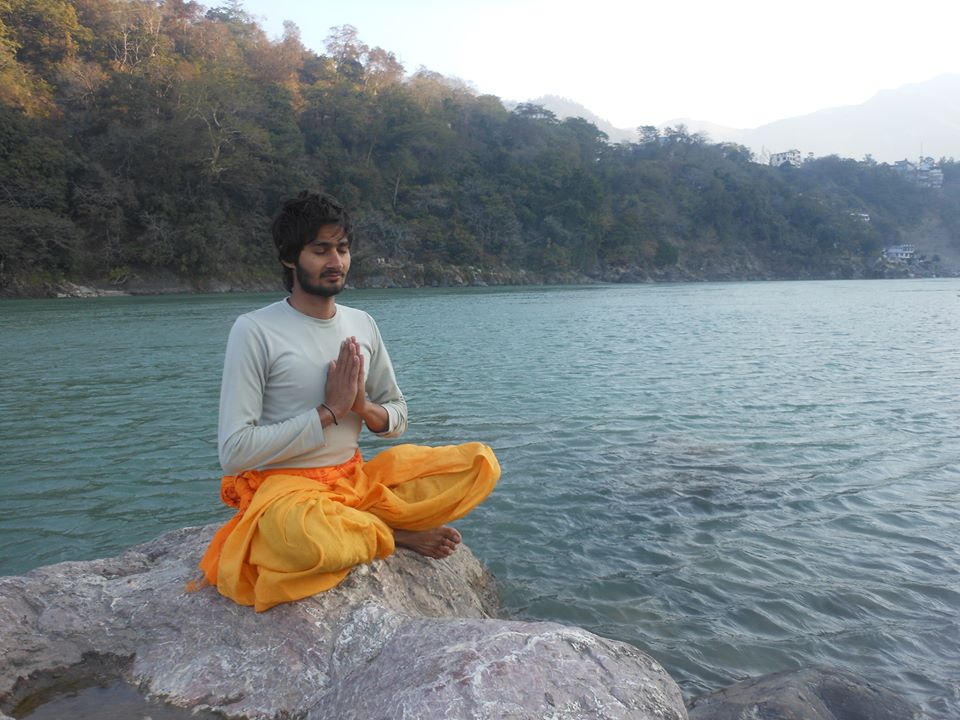

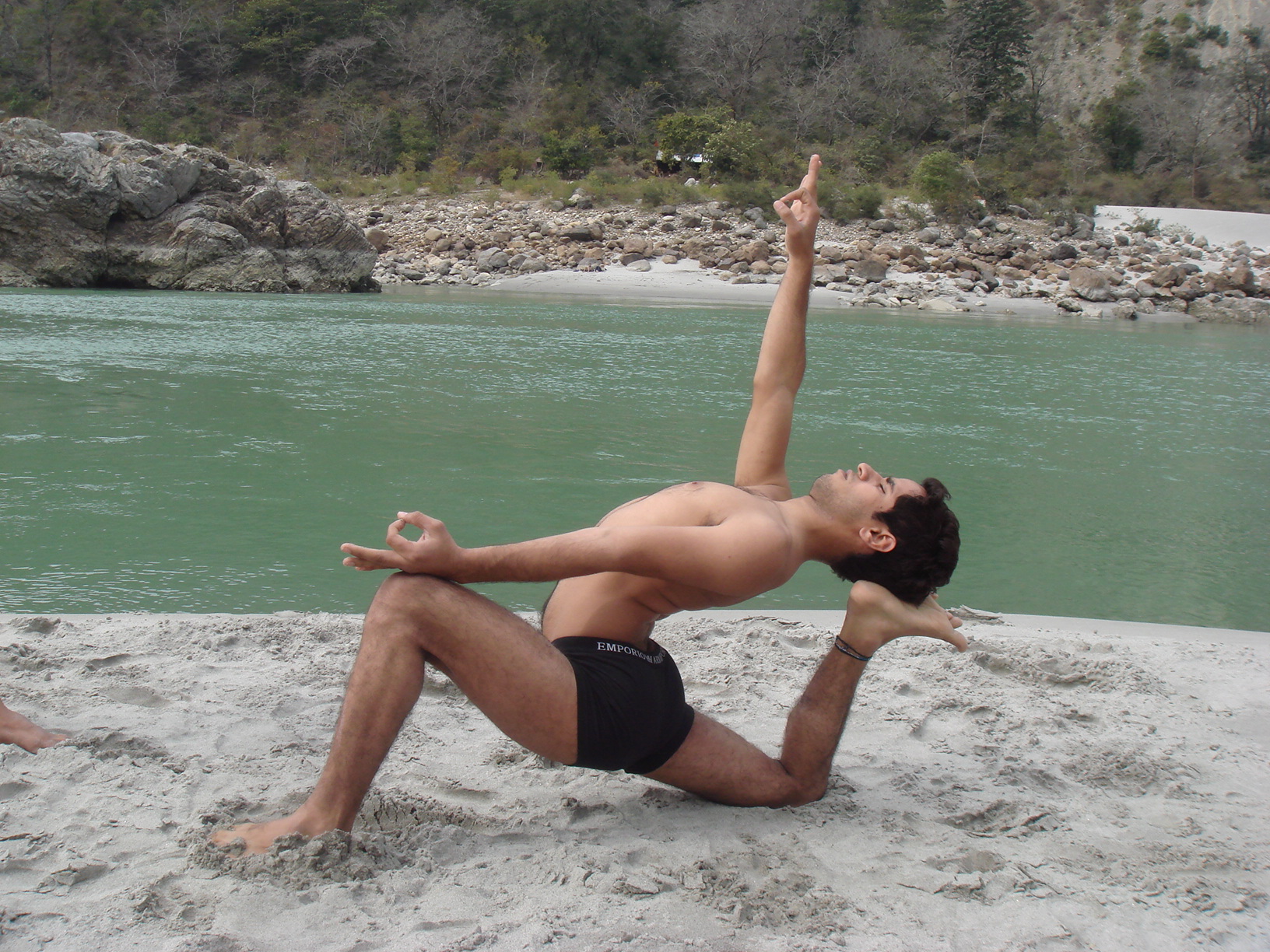
How to Apply (Sign Up) :
• Please go to the Contact page and Send
to a Request with Training Dates.
• The Shiva Yoga Valley team will respond within the next 2-3
working days.
• Upon acceptance of your application, we will make a provisional
reservation for you and send you confirmation
mail.
• On confirmation mail you requested to send non refundable 30%
deposit within 5 working days to confirm your
reservation.
Payment
options-
• Deposit instructions and details will send to you
on your acceptation.
• Payment methods (Bank transfer Only).
Please Submit Your Registration fee 500 USD in our Institution bank
account. (Not refundable)
(The rest of the fee will be payable on orientation
day).
Refund
Policy-
Fee Once paid will not be refunded but in case of any change in
program, you can choose to go for any next yoga course within the
span of a two years. We understand very well that emergencies and
other life situations do arise.
Our Professional Yoga Teachers in Vietnam

Yog Acharya Sandeep
Brand Ambassador of the organization Yoga Alliance International & Founder Director of Shiva Yoga valley - in charge of world wild nationality : Master Degree in Human Consciousness& Yogic Science ,&Ph.d scholar in Yogic Science & have also studied Veda,Upnishads, BhagvatGeeta, Yogasutra, English & Sanskrit languages. Grand Master in the field by Yoga Alliance International recognition - Teacher Yoga - 500 hours by Yoga Alliance International Level .
Yog Acharya Sandeep was born in the North state of India, called Uttar Pradesh. .Yog Acharya Sandeep began his Yoga Journey from childhood from Gurukul . After completing study and practice of Yoga in Gurukul India , he went to Rishikesh began teaching yoga . in 5 years he taught many places in India and others countries . He is the founder director of Shiva Yoga Valley in 2011.. His goal to expand in whole world and Yoga gives Yoga lovers in whole world an address reliable . Master Degree in Human Consciousness& Yogic Science has been completed from GurukulKangri University only one very ancient Yoga University of India &Ph.d scholar in Yogic Science , and Grand Master Yoga Teacher Training course 500 hours of Yoga Alliance International organizations under the guidance of Swami VidyanandJi master. he is appointed as Brand Ambassador of the Yoga Alliance International organization.
Yog Acharya Sandeep brings his broad experience of Yoga and holistic health to his teaching style; his classes are a dynamic, flowing moving, focusing on attention to form, integration of breath and cultivation of awareness. Creating a supportive environment and taking to heart each student's experience.
He teaches:
Now he has his yoga centers in Dharamshala, Rishikesh and Vietnam , Mexico ; where he offers expert Yoga teacher. Training courses and also travels in India and other countries extensively to spread the knowledge of Yoga and help people. His aim is spread yoga and spirituality, health and harmony,love,peace and stress free living all over the world .
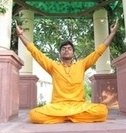
Master Rudra Yogi
:
Specialist of Yoga Asana,Pranayam,Mudra,Bandh,Meditation Relaxations Yoga therapy,Marm therapy, Naturopathy. (Satkarm)
Ruddra studied at Gurukul Kangri in Haridwar and graduated with a degree in Traditional Yoga Art. Ruddra Yogi also studied Veda,Upnishads, Bhagvat Geeta, Yogasutra, English & Sanskrit languages. His He now continues his inquiry and is studying for a Masters Degree in Yoga Art.
Yogi Ruddra
brings his broad experience of Yoga and holistic health to his
teaching style; his classes are a dynamic, flowing moving, focusing
on attention to form, integration of breath and cultivation of
awareness. Creating a supportive environment and taking to heart
each student's experience. He teaches Hatha yoga, Ashtanga
yoga, Kundalini yoga, Mantra yoga, etc.
Vietnam Yoga
Center Address:
Hanoi (Vietnam
)
Phone1#
: +84-1645-462-344
Phone2#
: +84-934-548-627
Email: info@shivayogavalley.com
Email: syvschool@gmail.com
_______________________________________________________________________________________________
|
If you have any questions related to Registration, Payment, Visa or any other inquiry about our Yoga teacher training course, please contact us at:
Shiva Yoga Valley |
